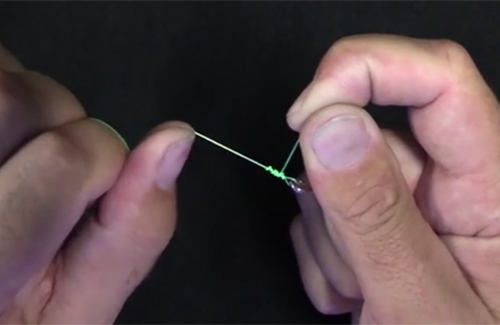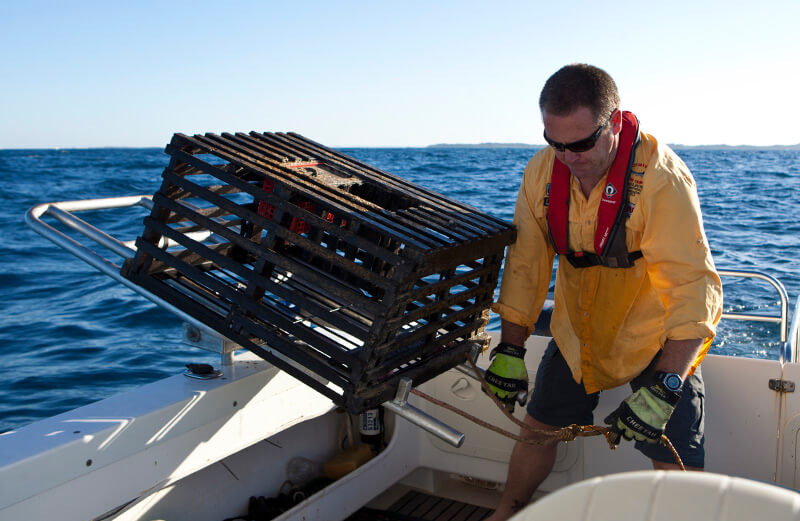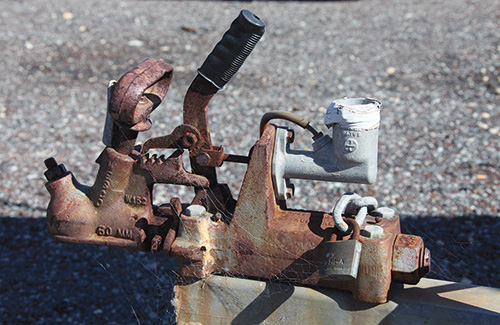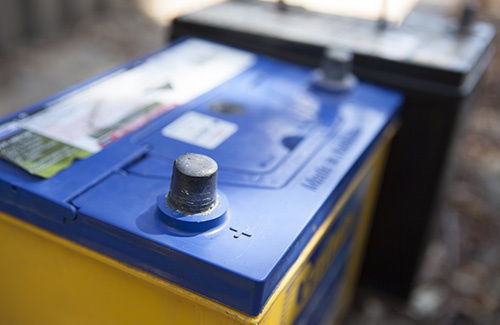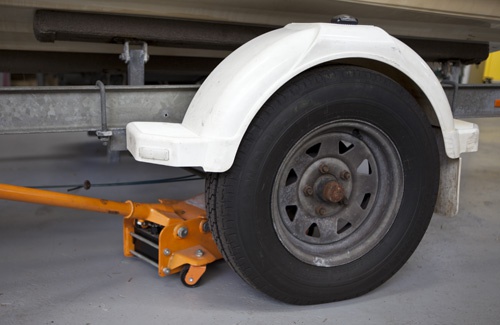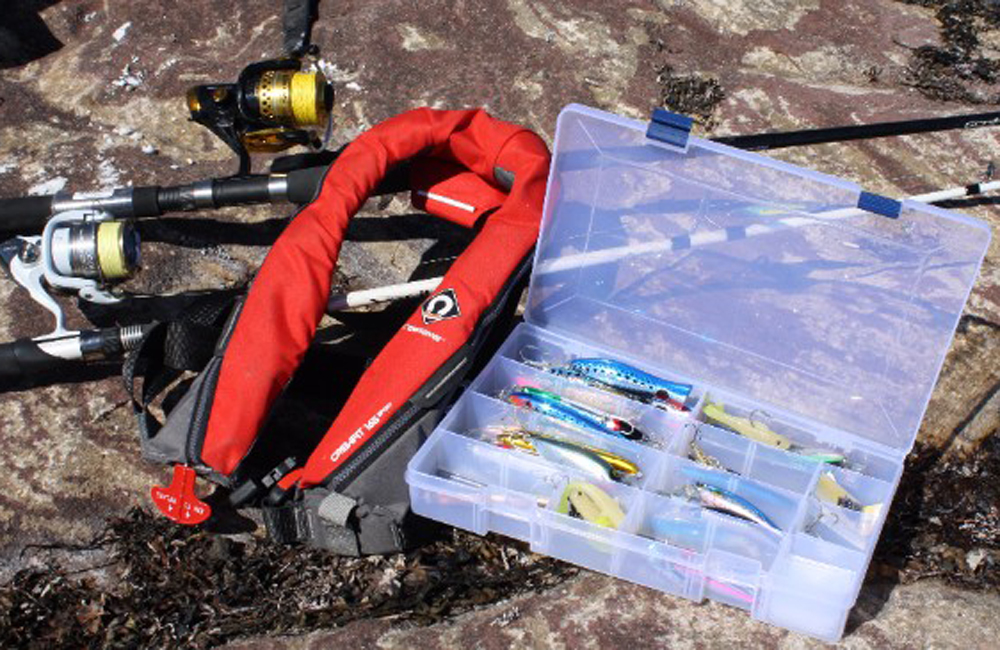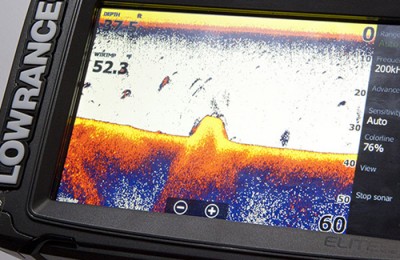Fishing line is by far one of the most important parts of fishing. It is the vital link between angler, terminal tackle and hopefully, the fish!
Choosing a fishing line can be a pretty daunting task. There are so many options, all with slightly different properties for different applications.
When choosing a new fishing line there are a number of key properties to look for.
Length
This one is probably the most obvious. When loading a reel you will need to make sure you have enough line to fill it as underfilling will significantly reduce your casting distance.
Line comes in different lengths to suit different types of fishing. For example IGFA tournament pre tested game fishing line is of course designed for game fishing so it will generally come in 1000 or 1200 metre spools and most game reels will hold roughly this amount.
For general fishing applications, line will usually come on a 300, 500 or 600 metre spool. A 300 metre spool would usually be considered a single fill spool while the larger spools would be considered a two fill spool, unless of course you require more line on your spool for chasing bigger fish.
With the introduction of quite expensive lines such as braids or super lines, we have also seen the smaller spool of around 100 metres come on the market. These smaller spools of expensive line are designed as top shots. This simply means that the more expensive line (the top shot) is connected to another line that fills the bulk of the spool (usually mono filament) and the top shot gets wound on over the top.
Composition
The material that a fishing line is composed of will give you a number of options.
Monofilament nylon is by far the most popular general purpose line for most anglers.
Polyethylene, Dyneema or super braids will give you a thinner line for the breaking strain and will also give you near zero stretch factor, which, in deep water fishing situations, can be the difference between catching fish and getting nothing.
Fluorocarbon is a line that will provide near invisibility in the water with great abrasion resistance. Some of the fluorocarbon and nylon hybrid lines designed for spinning reels are also thin and soft for castability and can have a lower stretch factor than a straight nylon line.
Breaking Strain
Breaking strain should always be matched back to the fishing rod that you wish to use the line on. Just about every rod manufactured these days has a line class on it and it is there for a reason. If a rod is rated 6-10kg for example it is designed to handle line in the breaking strains between these numbers. A general rule of thumb is that if you wish to cast further then go on the lower end of these numbers (6kg), however if stopping power is more important to you than casting distance, you would steer more towards the top end (10kg). If you want the best of both worlds then somewhere in between is a good way to go (8kg). If you go outside the specs on the rod then you run the risk of either breaking your rod if you go heavier, or constantly breaking the line if you go lighter.
Knot Strength
Knot strength will always vary between different knots on different lines. The rule here is to always test the knot that you usually use on the line when you get it home. If it does not seem to hold as well as you think it should try a few different knots until you find one that does the job. The uni knot is by far the best knot over a very wide range of different fishing lines. Six turns for mono and nine turns for braid is a pretty good place to start.
Diameter
Line diameter can vary greatly in the same breaking strain. In monofilament lines and especially with braids, the thinner the line the more you will fit on the spool. Line diameter is also something to consider when looking at casting distance.
With spinning reels, the thinner line will outcast the thicker lines for the same breaking strain, however it is useful to note that super thin mono lines should be replaced a little bit more often than thicker lines due to wear and tear.
Braids or super lines are a lot thinner than mono so as a rule of thumb, if you are spooling up with a braid for the first time try and stick to a similar diameter line that you were previously using in mono until you get used to it and make up your mind as to whether you like it or not.
Stiffness
Stiffness will affect the way that the line handles. On a spinning reel or eggbeater softer more supple lines are better if casting distance is required. On an overhead or baitcaster reel it is better to use a stiffer line as this will lessen the chance of line damage in the case of an over run, it will also make the over run a lot easier to get out.
Abrasion resistance
Abrasion resistance is of most importance if you are chasing fish that live around some sort of structure or are likely to head for structure once hooked. Some obvious examples of these situations would be fishing for bream around bridge pylons.
Abrasion resistant lines will not stop bust offs but they may allow you to land more fish than you normally would with a less abrasion resistant line.
Visibility
Visibility should be a major consideration when choosing a new line. The thicker the line is the easier a fish can see it, however this is generally more a consideration for leader selection unless you are fishing for extremely spooky fish.
You will notice that a lot of tournament game fishing lines fall into the category of hi vis or high visibility, fluoro yellow, fluoro orange and fluoro green. These lines are coloured so that when a spread (two to six or more) of lures is being trolled, the driver of the boat can easily check that the lines are not crossing over when turning around. Crossed lines will lead to massive tangles.
Finesse fishing with lures is another area where high vis lines have become popular, especially for anglers fishing with soft plastics. It is quite often the norm when fishing soft plastics that the fish will eat the plastic with a tentative bite, or by inhaling the lure when there is slack in the line which would not usually be felt by the angler. With high vis lines this bite can be detected by simply watching your line for a sharp jump or movement.
So with all of these factors explained you should now be better equipped to find a better line for your particular fishing situations. If however you are still at a bit of a loose end as to what line to buy, take your rod and reel into your local tackle shop and a have a chat to the person behind the counter about what you would like from your line and what type of fishing you mainly do. The more specific you are the more they can help.
Taking your rod in means they are able to check for the breaking strain required. No doubt they will be able to spool up your reel for you after taking the old line off and will probably give all of your guides and tip a once over to make sure that they are not cracked or damaged. Just don’t forget to take the rig off before you go in!
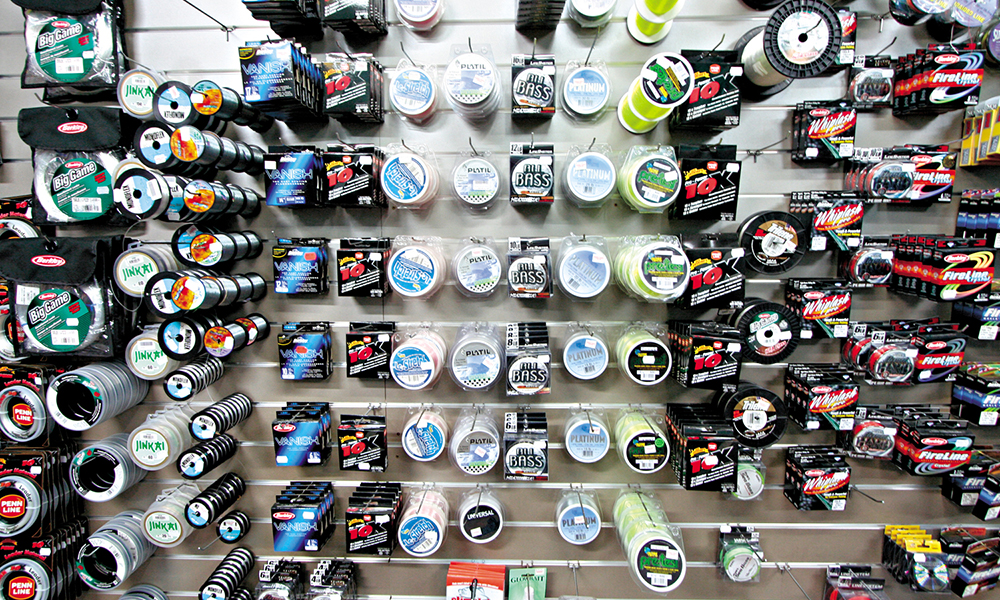
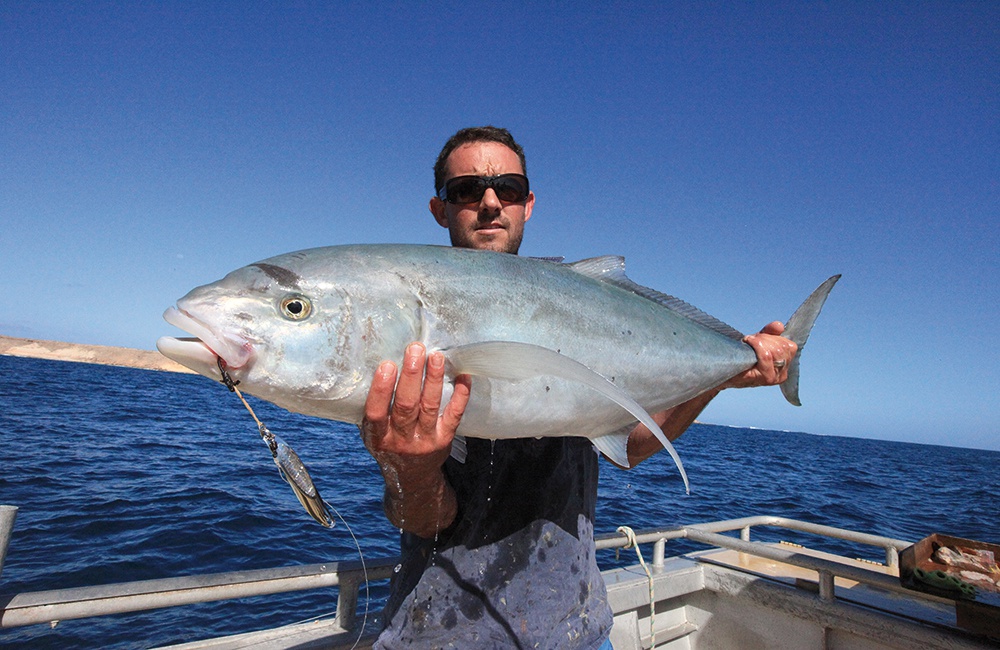
Demersal Jigging
Now you’ve got your head around fishing line, why not put your new found knowledge into good use and try a bit of demersal jigging? You can find out more about this exciting way to fish in our Demersal Jigging for Beginners article.


